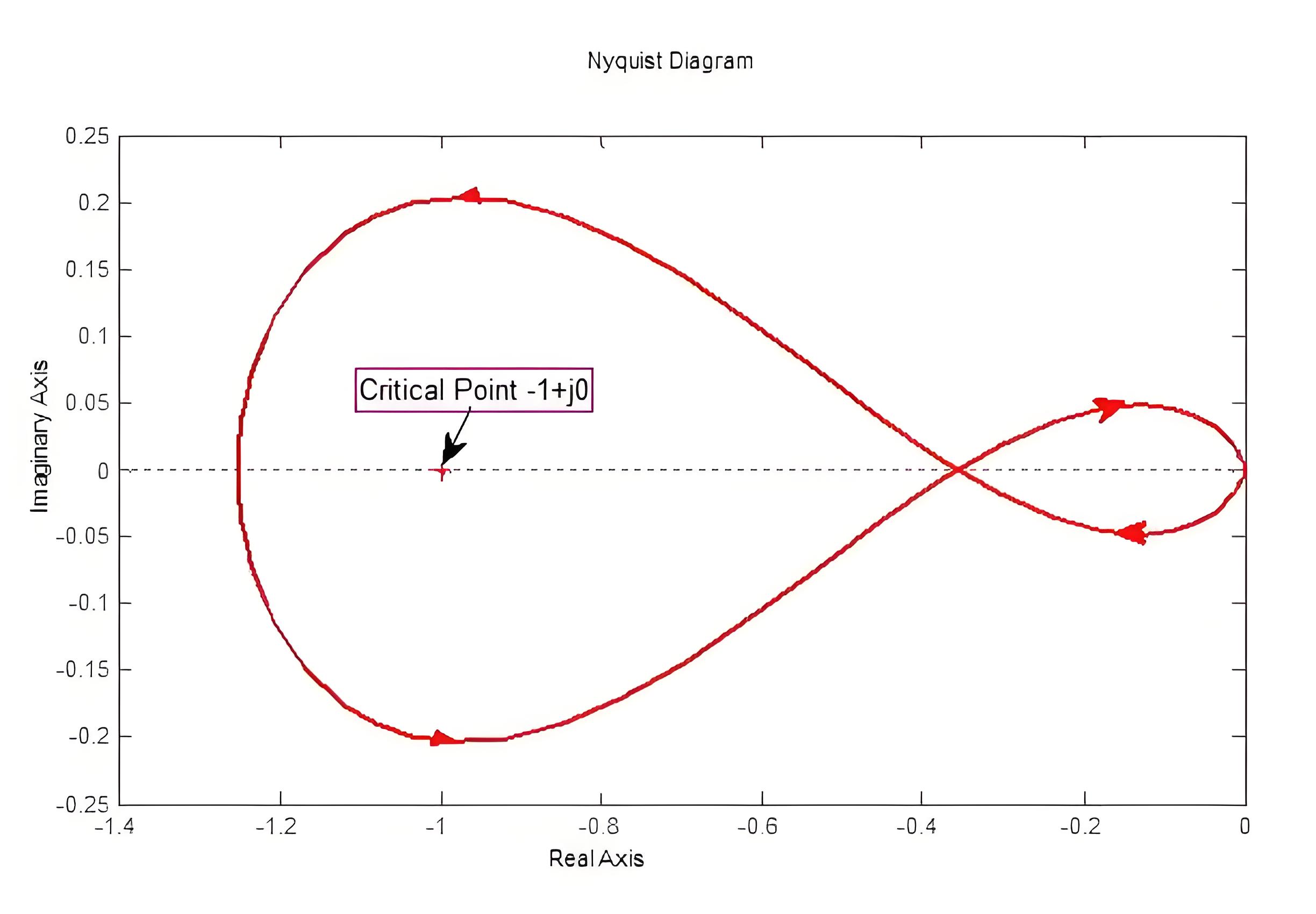What is Nyquist Criteria ?
What is Nyquist Criteria ?
Nyquist Stability Criterion Definition
The Nyquist stability criterion is defined as a graphical technique used in control engineering to determine the stability of a dynamical system.

Application of Nyquist Criterion
It applies to open-loop systems and can handle transfer functions with singularities, unlike Bode plots.
Criterion Formula

Z = number of roots of 1+G(s)H(s) in right-hand side (RHS) of s-plane (It is also called zeros of characteristics equation)
N = number of encirclement of critical point 1+j0 in the clockwise direction
P = number of poles of open loop transfer function (OLTF) [i.e. G(s)H(s)] in RHS of s-plane.
Examples of Nyquist Criterion
Different open-loop transfer functions demonstrate stable, unstable, and marginally stable systems using Nyquist plots.
Matlab Examples
Matlab code helps plot Nyquist diagrams to analyze the stability of various systems.
The Electricity Encyclopedia is dedicated to accelerating the dissemination and application of electricity knowledge and adding impetus to the development and innovation of the electricity industry.













